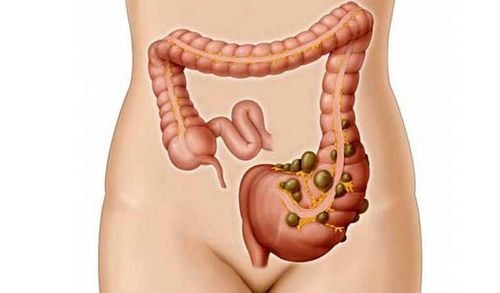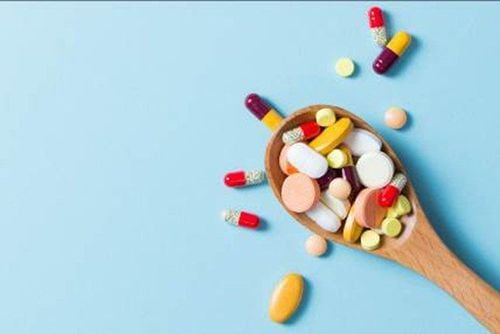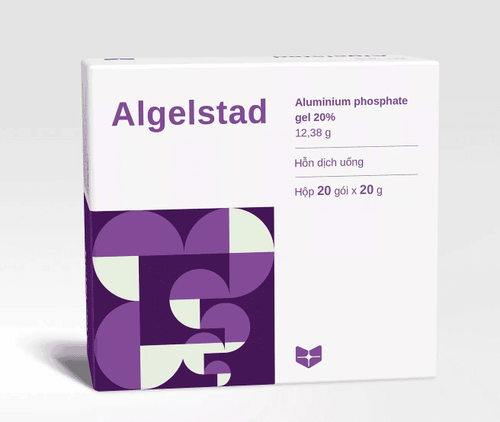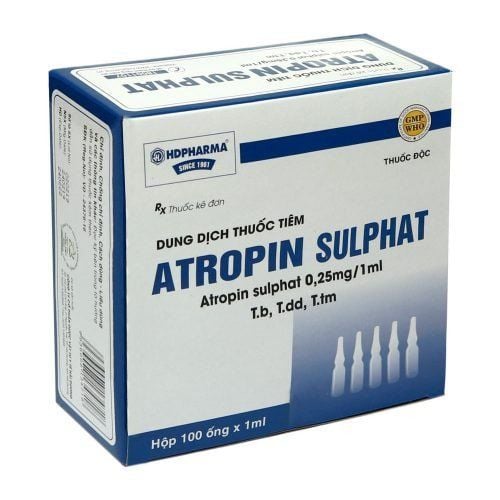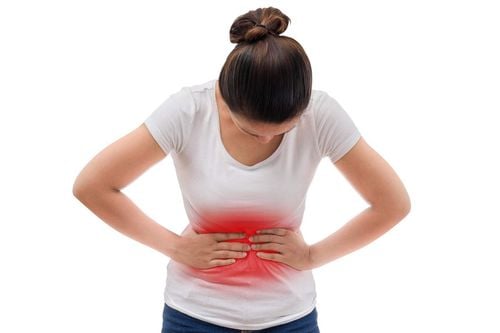This is an automatically translated article.
Posted by Doctor Mai Vien Phuong - Department of Examination & Internal Medicine, Vinmec Central Park International General Hospital
Eating more fiber has been linked to a reduced risk of diverticular disease. However, reports on which dietary fiber is most beneficial are conflicting. The aim of this paper was to evaluate the association between different types of dietary fiber and hospitalization for diverticular disease of the colon.
1. Results of the study
In 337,919 person-years of follow-up, 255 (0.57%) men in the COSM group were diagnosed with diverticulitis, and respectively 505 (1.14%) women in the SMC group in 287,789 person-years track. Both groups were similar in most respects except that men had higher rates of diabetes and drank more alcohol than women. The amount of fiber in the quartiles was examined in relation to potential confounding factors. Smoking was more common in patients with lower fiber intake in both groups. In men, in the COSM cohort, alcohol intake was higher than in patients with the lowest fiber intake. Both groups were analyzed separately and divided into quarters according to fiber intake, fiber intake from fruits/vegetables and from grains separately.
Among men with the highest overall fiber intake, 39% (RR 0.61, 95% CI 0.43–0.88; p for trend = 0.01) reduced disease risk in Multivariate analysis compared with those who reported the lowest overall fiber consumption.
2. Fruits and vegetables
Women who ate the highest quarter of fruit and vegetable fiber (mean 12.6 g) had a 30% reduced risk (RR 0.70, 95% CI 0.53–0.92; p for trend = 0.004) compared with those who reported the lowest amount of fiber from fruits and vegetables (average 4.1 g). In men, a similar trend was observed. Among those who reported the highest intake (10.3 g), the risk was reduced by 33% (RR 0.67, 95% CI 0.46–0.98; p for trend = 0.03) ( Q4) was found compared with those who reported the lowest amount of fruit fiber (2.9 g).
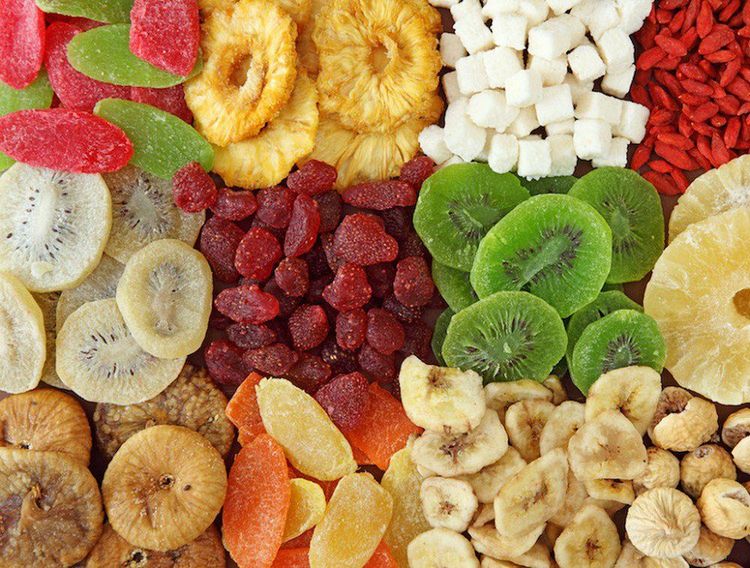
3. Cereals
High grain fiber intake in both women and men was not associated with risk of hospitalization for DD [women 0.90 (0.68–1.19); p = 0.5 and male 0.76 (0.53–1.10); p = 0.05] .
4. The role of fruits and vegetables in diverticular disease
This large cohort study of middle-aged men and women demonstrates that eating more fiber, especially from fruits and vegetables, reduces the risk of hospitalization for diverticular disease.
In general, fruits and vegetables contain higher levels of cellulose than grains. As an insoluble fiber, cellulose accounts for an average of 30% in fruits and 50% in vegetables. Insoluble fiber is metabolized by colon bacteria less than soluble (in water). Insoluble fibers can increase stool production by acting as a fermenter, by stimulating microbial growth leading to production of short-chain fatty acids (SCFAs). SCFAs are known as an important fuel source for the colon in general and the sigmoid colon in particular. This may partly explain the beneficial effects of fiber from fruits and vegetables in our study.
According to the results in this study, the difference between women who ate the highest and lowest amounts of fiber from fruits and vegetables was 8.5 g/day (12.6 - 4.1 g/day). ). This is the amount of extra fiber that a person must eat daily to reduce the risk of disease by 30%. For comparison, a normal-sized apple or orange contains 3–3.5 g of fiber. For men, the respective difference was 7.4 g/day for a 35% risk reduction.
When discussing the role of fiber in preventing diverticular disease, it is important to identify where in disease progression increasing fiber intake may be beneficial. Risk factors for developing asymptomatic findings of diverticulosis may differ from those affecting symptomatic disease. First, Painter and Burkitt and later others found that low fiber intake can promote the formation of colonic diverticulosis when comparing high-fiber-consuming indigenous Africans with the general population. in the western world have low fiber intake.
In contrast, Peery et al. recently recognized that a high-fiber diet can promote diverticulosis in a study of 2104 patients undergoing an extensive dietary interview using A validated food frequency questionnaire, 3 months after diagnosis of asymptomatic diverticulosis was established and informed to the patient.

Second, it has been shown that a high fiber intake can prevent symptomatic diverticular disease, mainly diverticulitis. Aldoori et al. found that the insoluble component of fiber was inversely associated with the risk of diverticulosis among male health professionals in the United States. This finding contrasts with current research, in which fiber from fruits and vegetables has been shown to be most beneficial. However, the results of the Aldoori study differ because the present study only included hospitalizations for DD, compared with the self-reported symptomatic DD in the study by Aldoori et al. This may partially explain the divergence results.
The results in this study confirm the recently reported findings of Crowe et al., although they also report that fruits may be a more beneficial source of dietary fiber than vegetables. Our data do not allow us to examine the effects of fruits and vegetables separately.
Third, studies have also addressed the potential benefit of eating more fiber to prevent recurrence after a medically managed episode of diverticulitis. Brodribb et al found a reduction in symptoms after 3 months of fiber supplementation in a placebo-controlled trial. However, other studies are contradictory.
5. The Role of Diets High in Red Meat and Other Factors
Other significant risk factors for symptomatic diverticular disease in the diet, high in red meat and fat intake, have been recognized, although the relationships are weak. In addition, previous data have said that smoking, physical inactivity, and obesity increase the risk of diverticular disease. Nuts, seeds, and corn do not appear to affect the risk. Recently, two studies of monozygotic and bisexual twins have found a genetic component in the development of diverticular disease, with a genetic influence of up to 40%.
Medications can also affect the incidence of diverticulosis. According to a recent report, the use of corticosteroids, both inhaled and oral, increased the risk of hospitalization for diverticulosis, and we therefore included their use in the multivariate analysis. However, the effects of nonsteroidal anti-inflammatory drugs (NSAIDs) and acetylsalicylic acid (ASA) are contradictory. A previous study in the SMC cohort was unable to explore any effect of these drugs on the incidence of diverticula and was therefore omitted in this analysis.

6. Conclusion
In conclusion, eating more fruits and vegetables may reduce the risk of hospitalization for DD in this large cohort of men and women, while grain intake has no effect on risk.Please dial HOTLINE for more information or register for an appointment HERE. Download MyVinmec app to make appointments faster and to manage your bookings easily.
References:
Mahmood W. Mahmood et al., High intake of dietary fiber from fruit and vegetables reduces the risk of hospitalisation for diverticular disease. ttps://link.springer.com/article/10.1007/s00394-018-1792-0 Strate LL, Modi R, Cohen E, Spiegel BM (2012) Diverticular disease as a chronic illness: evolving epidemiologic and clinical insights. Am J Gastroenterol 107(10):1486–1493. https://doi.org/10.1038/ajg.2012.194 Etzioni DA, Cannom RR, Ault GT, Beart RW Jr, Kaiser AM (2009) Diverticulitis in California from 1995 to 2006: increased rates of treatment for younger patients. Am Surg 75(10):981–985 Granlund J, Svensson T, Olen O, Hjern F, Pedersen NL, Magnusson PK, Schmidt PT (2012) The genetic influence on diverticular disease—a twin study. Alimentary Pharmacol Ther 35(9):1103–1107. https://doi.org/10.1111/j.1365-2036.20122.05069.x





